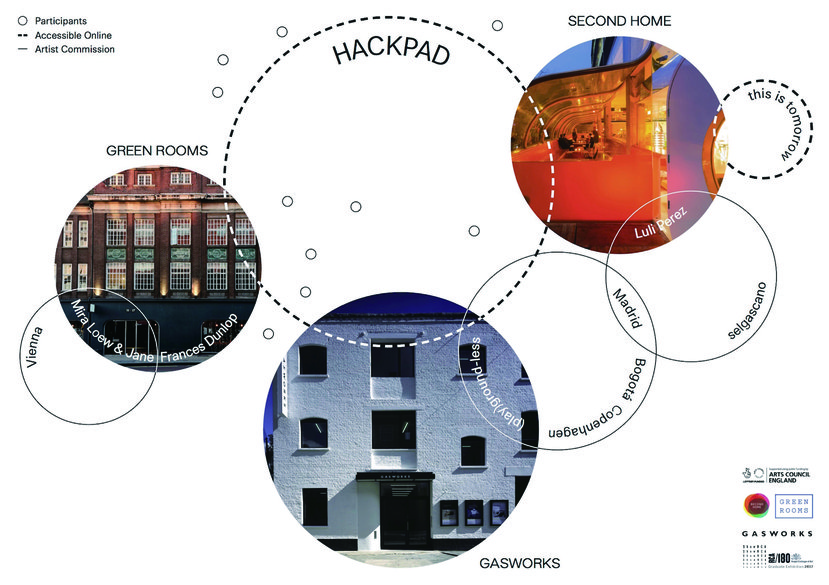
Collective Marching As A Curatorial Method
This research focuses on the curatorial project 'Long March: A Walking Visual Display' which was curated by Lu Jie and Qiu Zhijie in 2002, when approximately 250 Chinese and international participants held site-themed exhibitions and recreated historic events along the route of the Red Army’s Long March in the 1930s. Instead of looking at it from the existing perspectives of ‘social-engagement’ (Claire Bishop), ‘site-specificity’(Miwon Kwon) and ‘utopian action’ (Alexandra Munroe/Hou Hanru), the research understands the project as a response to the shared ‘anxiety’ of Chinese artists formed through the 1990s over the discourse about ‘Chinese contemporary art’ and the imbalanced relationship between the underdeveloped art infrastructure in China and the Western art system, especially the increasing biennials at that time. Relocating ‘Chinese contemporary art’ from the international scene to the local reality, this project imaginatively embodied the narrative of the Long March and the action of collective marching to enable the participants to act and discuss from their personal memory, experience and understanding instead of facing distant and grand themes such as differentiating China and the West.
Critically reviewing previous research on 'Long March: A Walking Visual Display', investigating its archive, and interviewing participants and reflecting upon my own experience in travelling between China and London, I aim to provide a historical analysis of the project’s different self-representations in the West and how this project has been incorporated into the narrative of global art history. Considering its curatorial aim of generating a new discourse to articulate contemporary art in China within the context and condition of globalisation, the research will also analyse the curatorial format, the en-route process and the ’failure of Long March’, claimed by the Long March Project, and reveal the risk of generating different sets of discursive representations that curatorial projects face.
Drawing upon marching’s potential to activate space, politics, narratives and knowledge, the research departs from 'Long March: A Walking Visual Display' and argues for ‘collective marching’ as a curatorial method for participants to transform the anxiety of articulation and temporarily collaborate to reflect upon the collective situation. This speculative critique of 'Long March: A Walking Visual Display' refers back to ‘Chinese contemporary art’, which is still struggling to find a firm position, but also explores the generative translations among actions, images and discourses after the discursive turn in the curatorial.
Key words: China, contemporary art, curatorial, West, globalisation, marching, post-
colonial, discourse, action, collaboration, collectivity
Key details
School, Centre or Area
Funding
-
Full Scholarship from Chinese Scholarship Council
Gallery
More about Xiaoyi
Biography
Nie Xiaoyi is currently conducting a Ph.D. research in Royal College of Art about taking collective marching as a curatorial mothod. She is a dedicated observer of still and moving images and interested in the relation between situational knowledge and bodily experiences. Her recent collaboration research project ‘Metamorphosis: Art Practices Now Activating Archives and Public Memories’ with Hu Hao and Liu Zhangbolong was selected into the curatorial research exhibition in OCAT Institute. In 2017, She was invited to be the nominator and curator for Jimei-Arles Discovery Award, collaborated with Zhong Jialing in email project One Reading The Views which has been published and co-curated ‘Itinerant Assembly’ in collaboration with Gasworks investigating the potential of temporal collectives in cities.

